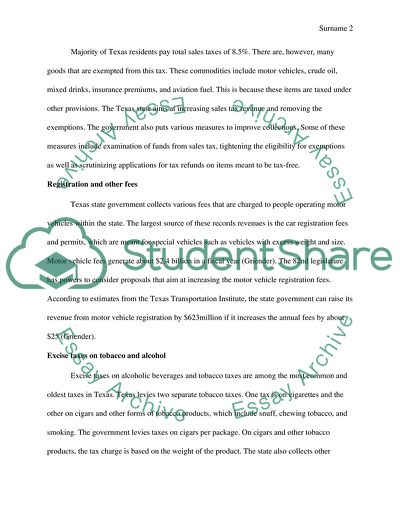Cite this document
(“Economics of State and Local Governments Research Paper”, n.d.)
Economics of State and Local Governments Research Paper. Retrieved from https://studentshare.org/macro-microeconomics/1670704-economics-of-state-and-local-governments
Economics of State and Local Governments Research Paper. Retrieved from https://studentshare.org/macro-microeconomics/1670704-economics-of-state-and-local-governments
(Economics of State and Local Governments Research Paper)
Economics of State and Local Governments Research Paper. https://studentshare.org/macro-microeconomics/1670704-economics-of-state-and-local-governments.
Economics of State and Local Governments Research Paper. https://studentshare.org/macro-microeconomics/1670704-economics-of-state-and-local-governments.
“Economics of State and Local Governments Research Paper”, n.d. https://studentshare.org/macro-microeconomics/1670704-economics-of-state-and-local-governments.


